步驟1:所需的硬件
對(duì)于該項(xiàng)目,您將需要:
-一個(gè)Arduino UNO
-一個(gè)LCD(液晶顯示器)
-一個(gè)面包板
-一個(gè)10K電位器
-一個(gè)BT模塊(我使用HC-05)
-跳線
-一個(gè)藍(lán)牙應(yīng)用程序。對(duì)于Android用戶(hù),我建議使用BlueTerm。對(duì)不起,iOS用戶(hù),BlueTerm僅適用于Android 。..但是您仍然可以下載等效的應(yīng)用程序。
不需要任何工具
2:構(gòu)建電路

上面的圖像對(duì)應(yīng)于以下準(zhǔn)則:
首先,將LCD固定在面包板上,并通過(guò)以下方式為面包板供電將Arduino的“ 5V”(電源)線連接到面包板上的正極行,另一根從“ GND”線(接地或0V)連接到負(fù)極行。
然后將LCD連接到Arduino:
LCD引腳4-Arduino引腳2
引腳6-引腳3
引腳11-引腳4
引腳12-引腳5
引腳13-引腳6
引腳14-引腳7
之后,為L(zhǎng)CD供電:
LCD引腳1 =面包板上的GND
Pin 2 = 5V
Pin 5 = GND
Pin 15 = 5V
Pin 16 = GND
然后將LCD上的引腳3連接到10K電位器的中心引腳,并用GND上的一個(gè)引腳和面包板上5V上的另一個(gè)引腳為電位器供電。
然后將藍(lán)牙模塊上的Tx(發(fā)送)引腳連接到Arduino上的Rx(接收),并將BT模塊上的Rx引腳連接到Arduino上的Tx。
最后,給BT供電通過(guò)將VCC(或5V)連接到面包板上的正極行并將GND連接到面包板上的負(fù)極端。
步驟3:代碼
現(xiàn)在讓我們編寫(xiě)代碼:
#include //Include the library that enables you to use the LCD
LiquidCrystal lcd(2,3,4,5,6,7);//Declare that your LCD is connected to pins 2,3,4,5,6 & 7 on your Arduino
void setup() {
lcd.begin(16,2);//16 by 2 are the dimensions of the LCD (in number of characters)
Serial.begin(9600);//launch the process of receiving serial data (via bluetooth) at 9600 bits/s
}
void loop() {
if(Serial.available()){
lcd.write(Serial.read());//these two lines mean that if there is data coming from the BT module, the Arduino prints it on the LCD.
}
}
//Before uploading the code to the Arduino, disconnect the Tx and Rx pins, otherwise you won‘t be able to upload. Once the code uploaded, reconnect them.
現(xiàn)在打開(kāi)BlueTerm,打開(kāi)藍(lán)牙并連接HC-05。然后只需輸入您的文本,它就應(yīng)該在LCD上打印!
-
智能手機(jī)
+關(guān)注
關(guān)注
66文章
18504瀏覽量
180450 -
藍(lán)牙
+關(guān)注
關(guān)注
114文章
5834瀏覽量
170609 -
Arduino
+關(guān)注
關(guān)注
188文章
6472瀏覽量
187323
發(fā)布評(píng)論請(qǐng)先 登錄
相關(guān)推薦
貼片NTC熱敏電阻在智能手機(jī)和平板上的應(yīng)用
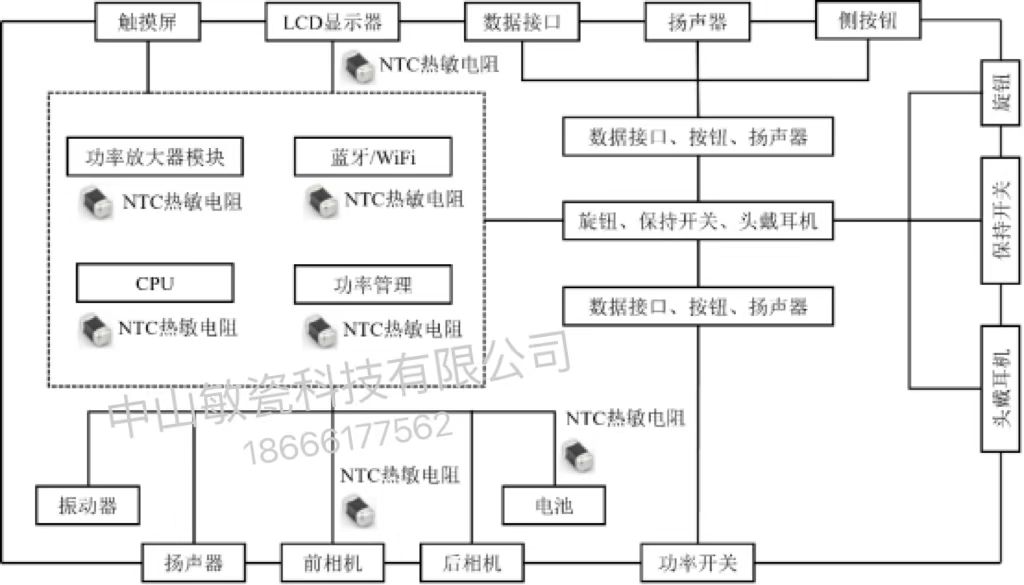
MEMS傳感器應(yīng)用領(lǐng)域 MEMS技術(shù)在智能手機(jī)中的應(yīng)用
如何在文本字段中使用上標(biāo)、下標(biāo)及變量
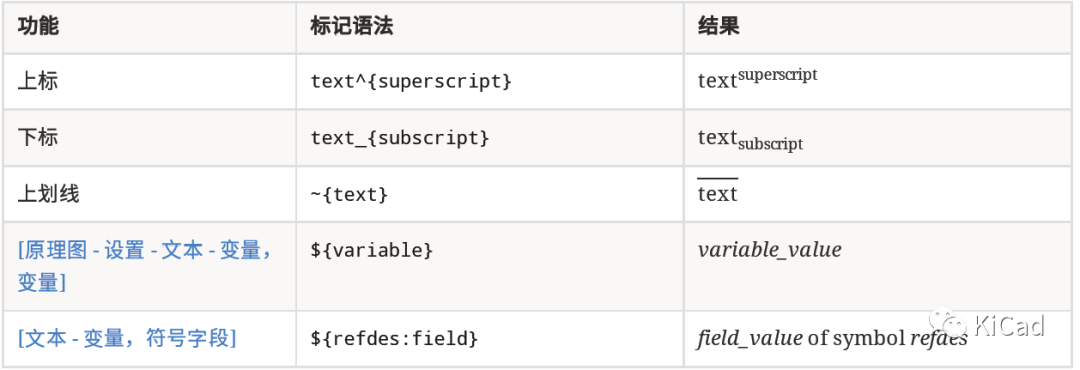
探索智能手機(jī)上的生成式AI
TI電量計(jì)在智能手機(jī)低功耗場(chǎng)景下的考慮

CYC8PROTO-063-BLE是否可以通過(guò)智能手機(jī)上的標(biāo)準(zhǔn)設(shè)置應(yīng)用程序建立連接?
藍(lán)牙模塊在智能體育設(shè)備中的創(chuàng)新應(yīng)用
OLED技術(shù)在智能手機(jī)領(lǐng)域持續(xù)高漲
ESP8266出現(xiàn)1103錯(cuò)誤的原因?
如何學(xué)習(xí)智能家居?8:Text文本實(shí)體使用方法
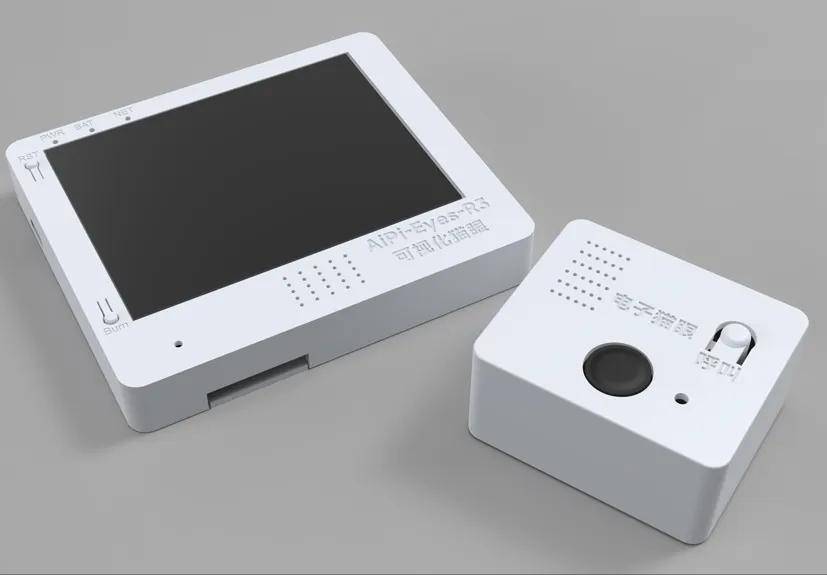
如何使用標(biāo)準(zhǔn)BLE將CYBT-213043-02網(wǎng)狀代理連接到智能手機(jī)?
卷積神經(jīng)網(wǎng)絡(luò)在文本分類(lèi)領(lǐng)域的應(yīng)用
Omdia:2024年,AMOLED在智能手機(jī)顯示面板市場(chǎng)的出貨量將超過(guò)TFT LCD
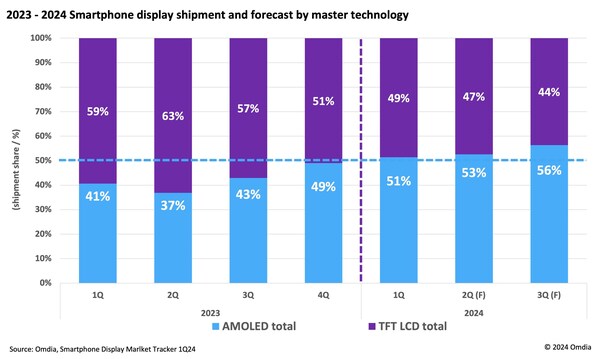
符合BLE 5.0,智能手機(jī)Mesh組網(wǎng),可對(duì)接天貓精靈的藍(lán)牙模組
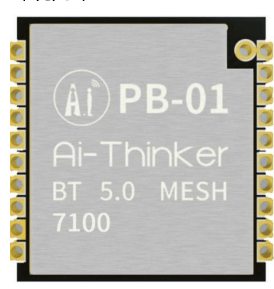




 如何使用Arduino在智能手機(jī)上編寫(xiě)文本并通過(guò)藍(lán)牙在LCD上打印文本
如何使用Arduino在智能手機(jī)上編寫(xiě)文本并通過(guò)藍(lán)牙在LCD上打印文本










評(píng)論